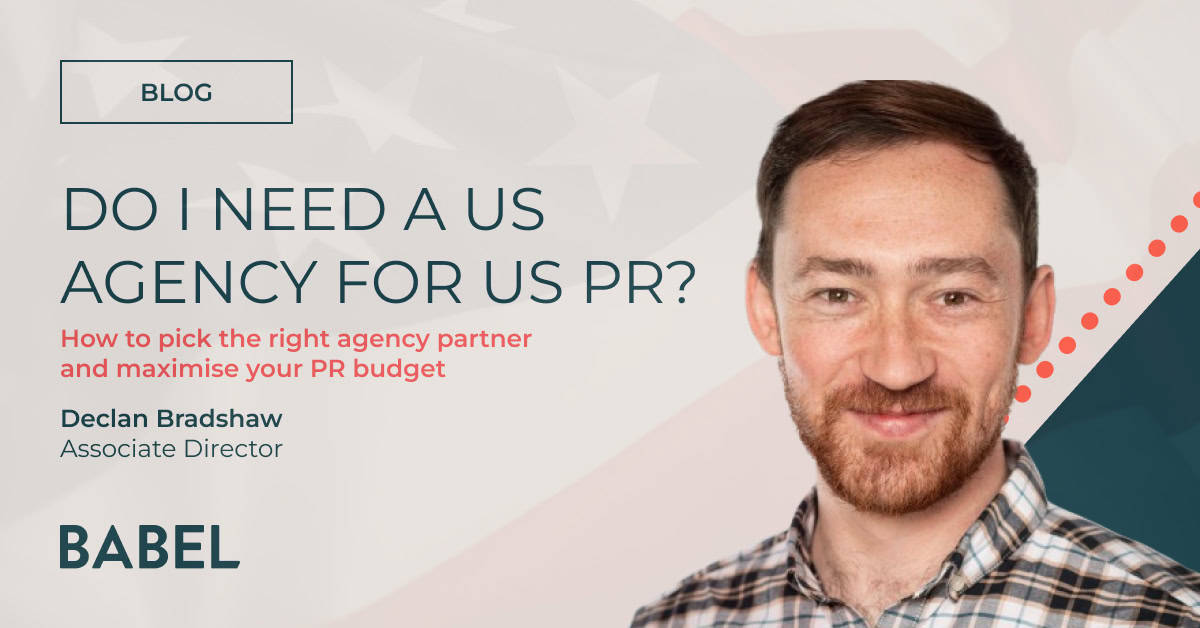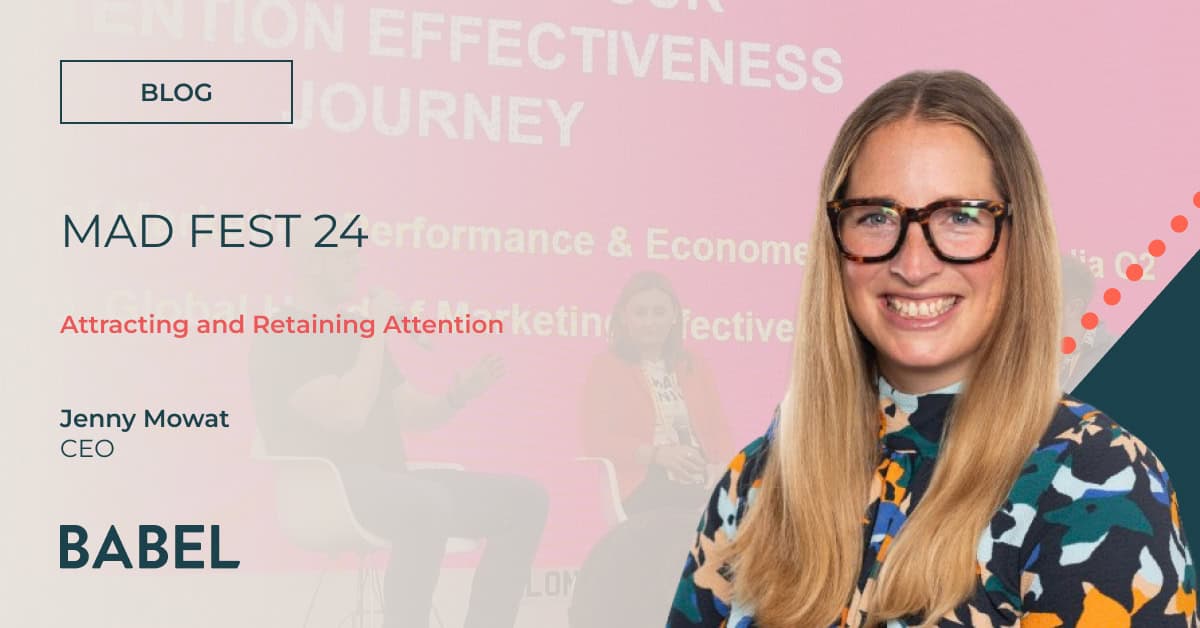
2016: A year in PR
2016 was the year in which our digital interactions, our screen watching and our social media following reached new heights. The past 12 months have seen eyeballs glued to smartphones, TVs and tablets as global audiences tracked events like the Rio Olympics, UEFA Euros, Brexit and the US presidential election. The volume of information audiences were subject to – or chose to access – resulted in warped perceptions and waves of social change.
So, how did PR agencies and their campaigns fare in 2016? In a year punctuated by significant global events and media noise, how did PR firms make their clients’ voices and messages heard?
At Babel PR we value creativity as a tool to drive ideas from concept to delivery. A creative campaign will stoke emotion and connect with its target audience, be it through words, image, or immersion. There is a difference, however, between a creative campaign and gimmick. A PR stunt which courts attention for attention’s sake will do little to further brand awareness or message. 2016 saw a six-metre PG Tips mascot floated down the Thames, yet this had no connection to the report the company was publicising. Cancer Research’s ‘XL School Uniforms’ shop, on the other hand, provided a stark visual of the UK’s childhood obesity problem.
The PR winners of 2016, then, were those agencies which embraced creative approaches and came up with memorable, targeted campaigns. Nivea’s Sunslide, a giant Monopoly board for the London Games Festival, Public Health England’s Sugar Smart App, John Lewis’s turn to Snapchat; the examples are numerous.
Topping the list for me though was the NHS Blood Transfer’s Missing Type campaign for National Blood Week. The campaign by MHPC built on the success of 2015 activity, but this year, things went global. Celebrities, organisations and companies showed their support by dropping the letters A, B and O from their names, to raise awareness of the lack of blood donors in these groups. The campaign involved 25 services in 21 countries, reaching a potential audience of millions.
As a technology PR specialist, we’re always keeping a close eye on innovative uses of tech in PR campaigns. In 2016 we saw more mainstream companies using social media, as well as experimenting with virtual reality.
Snapchat was arguably the star of the year, being employed by a diverse range of companies from high-street to high-end. KFC achieved a UK first with its out of home campaign, featuring codes on posters and packaging which unlocked a branded Snapchat filter. Burberry meanwhile, used the app as a platform to preview of its collection during London Fashion Week. The fashion house distributed a film via Snapchat showing its models staging a break-in to its Regent Street store.
Developments in VR technology continued apace in 2016 and, unsurprisingly, a number of brands chose to employ the technology in their campaigns. IKEA, for example, brought the showroom to customers’ homes, launching a VR experience which allowed users to walk around and interact with a life-size IKEA kitchen, using an HTC Vive headset.
VR experiences offer the user a chance to understand a new perspective in a multi-sensory way. One organisation which really harnessed this potential was Alzheimer’s Research UK. The charity created A Walk Through Dementia, an Android app which allows the user to experience everyday life through the lens of a dementia sufferer. Understanding is an important part of raising awareness and the app provided a means of communicating a unique experience through immersion and engagement. In 2017, we’re likely to see more brands turning to VR, with charities and issues-based campaigns in particular gaining visibility.
Issues like Brexit and the US election caused challenges and disruption across different market sectors, and PR was not immune. However, some brands chose instead to exploit these headline-stealing moments. Ryanair for example offered a ‘Fly Home to Remain’ Brexit sale with discounted flights on 22nd and 23rd June to expats wanting to fly back to Britain to vote ‘remain’ in the referendum.
The past 12 months have been unpredictable to say the least. PR campaigns have surprised audiences by their success or failure – most notably in the sphere of politics – and the digital environment has been exploited to bring consumers closer to brands than ever before. Effective campaigns were those which evoked emotion and connected with audiences in a targeted and relevant way. No one can predict how the decisions made in 2016 will pan out next year, but this kind of creativity will no doubt remain central to the success of any future PR activity.





